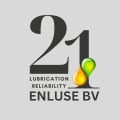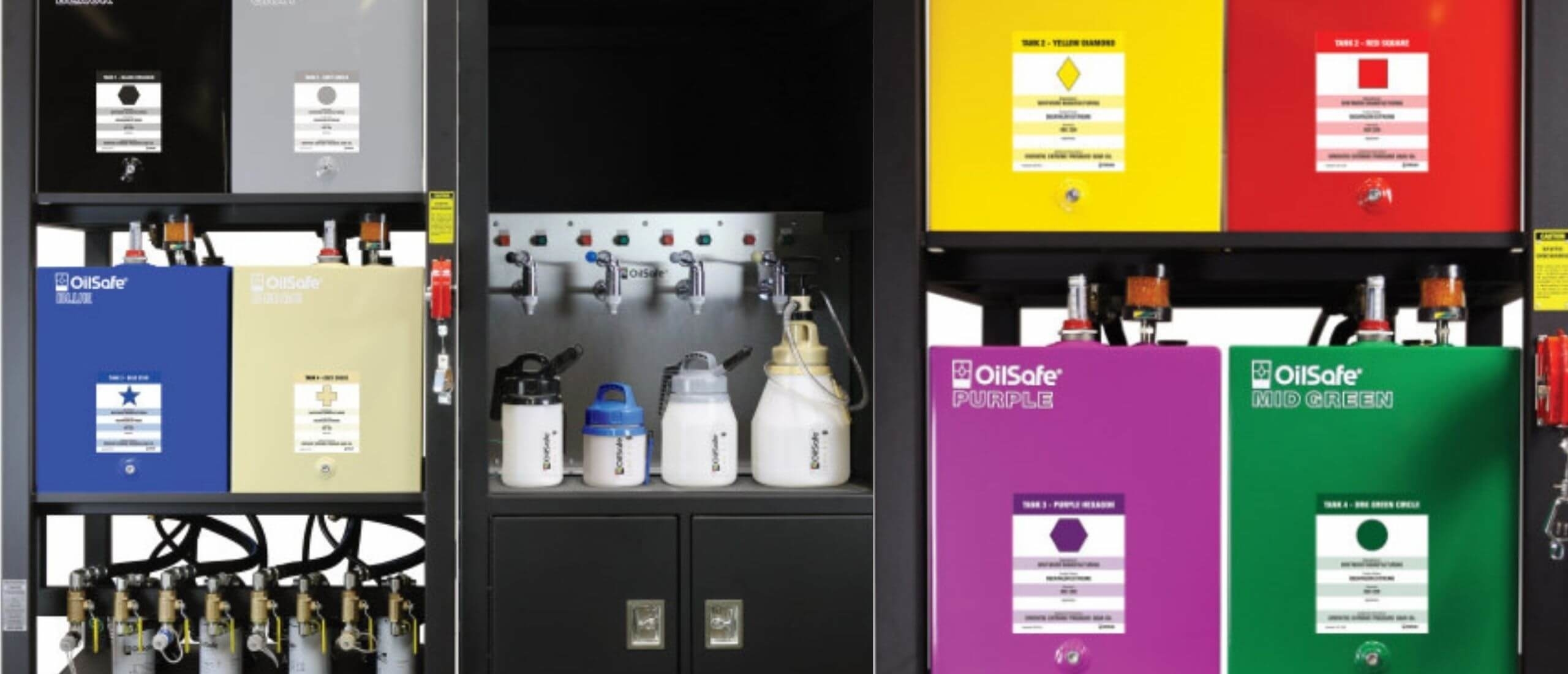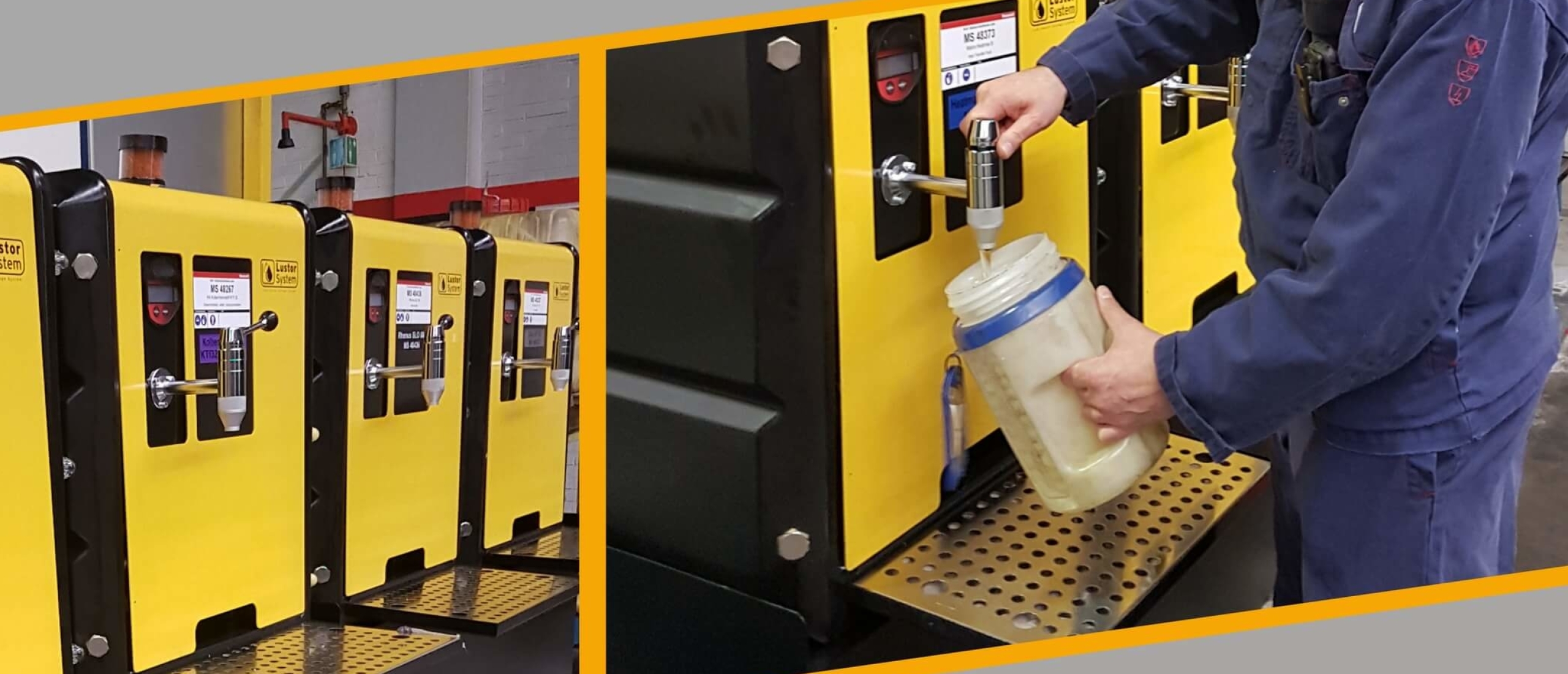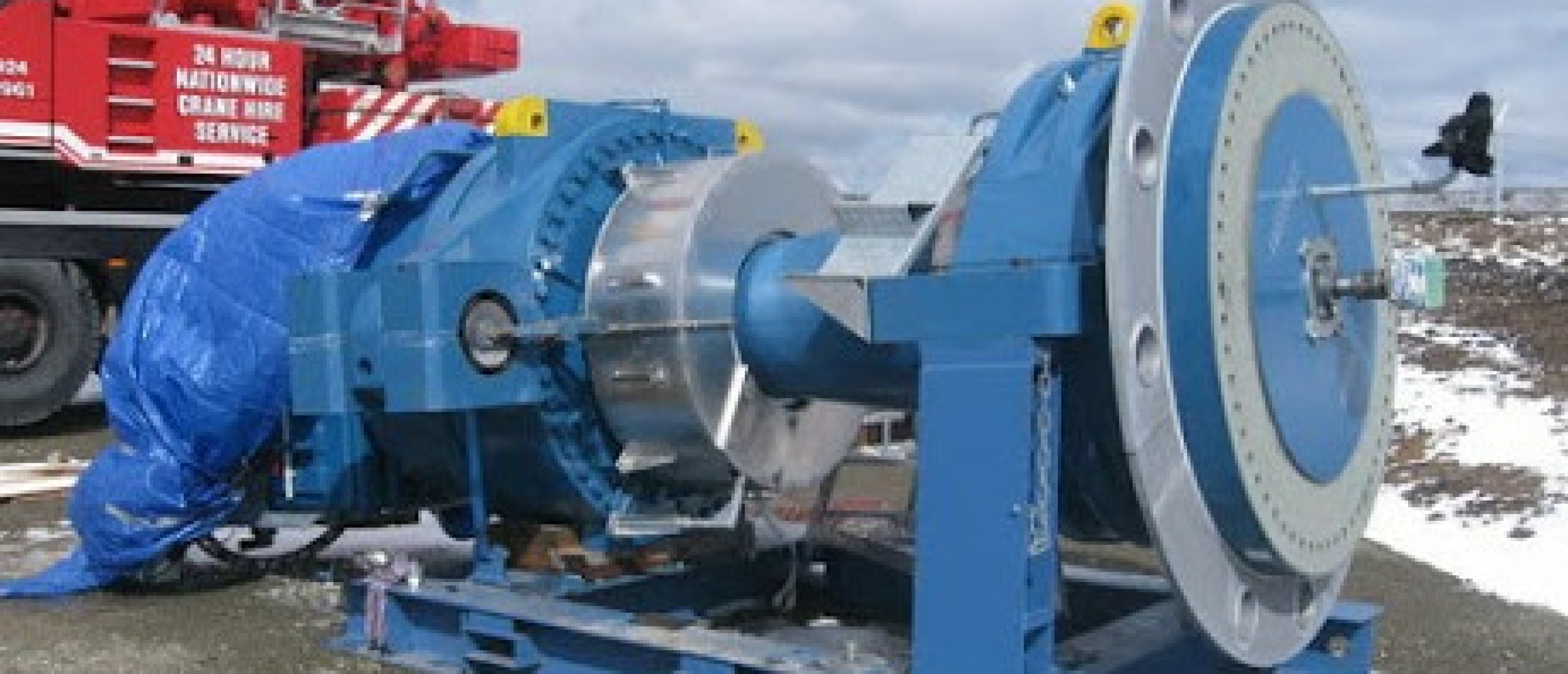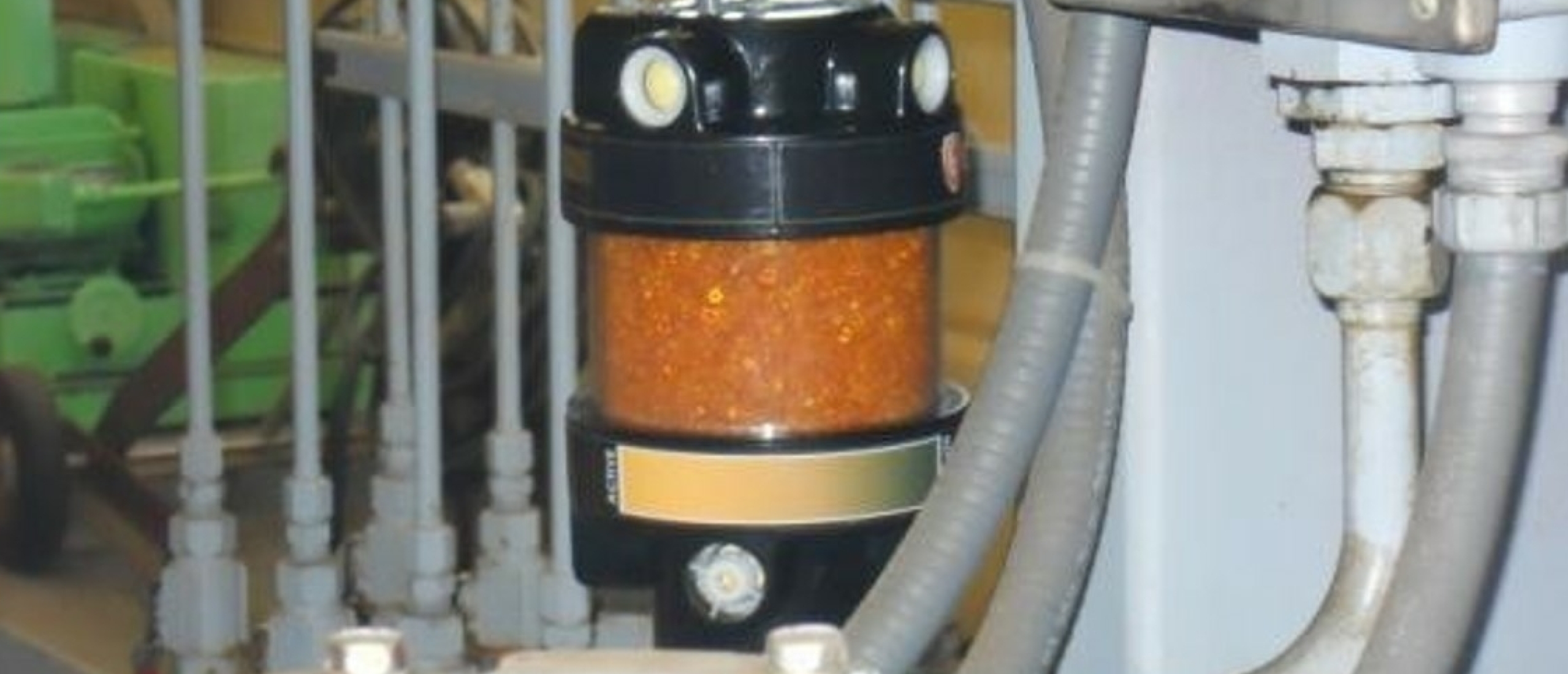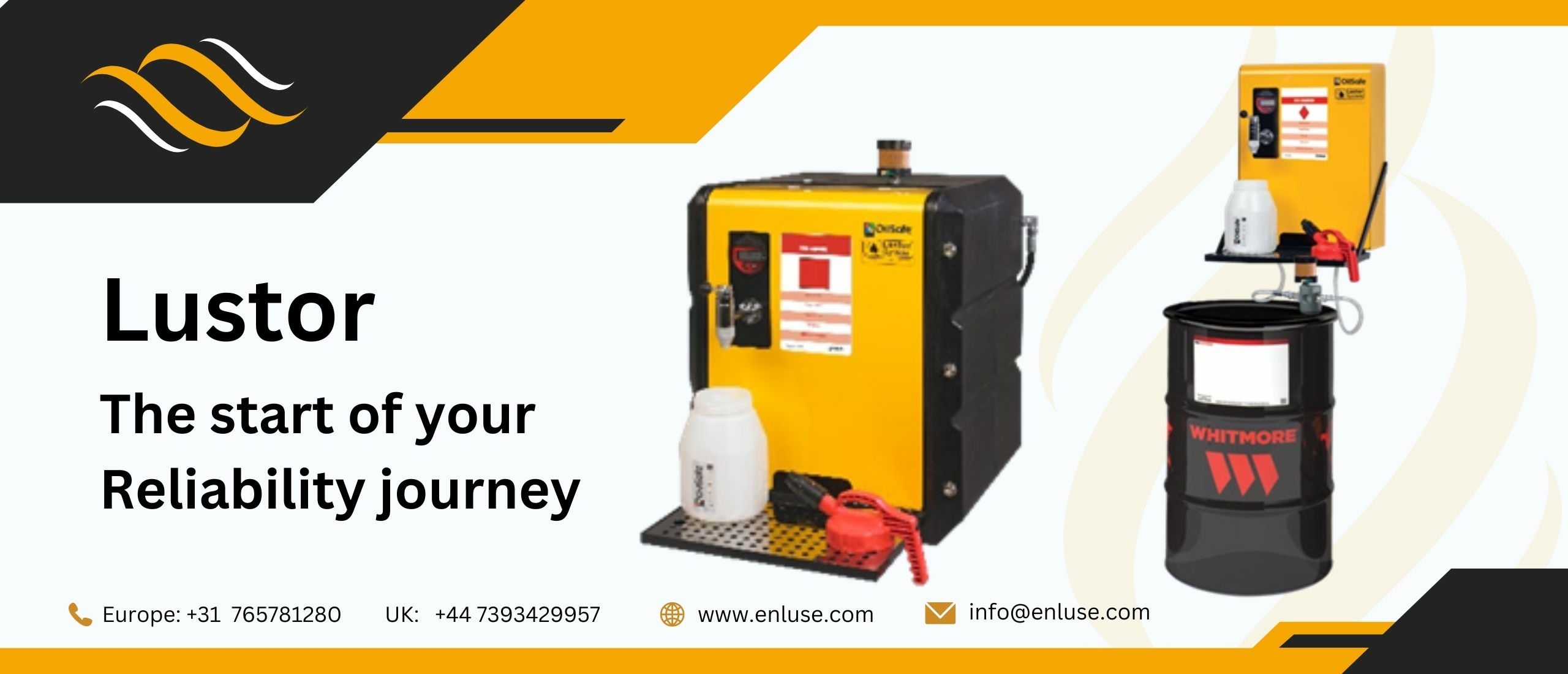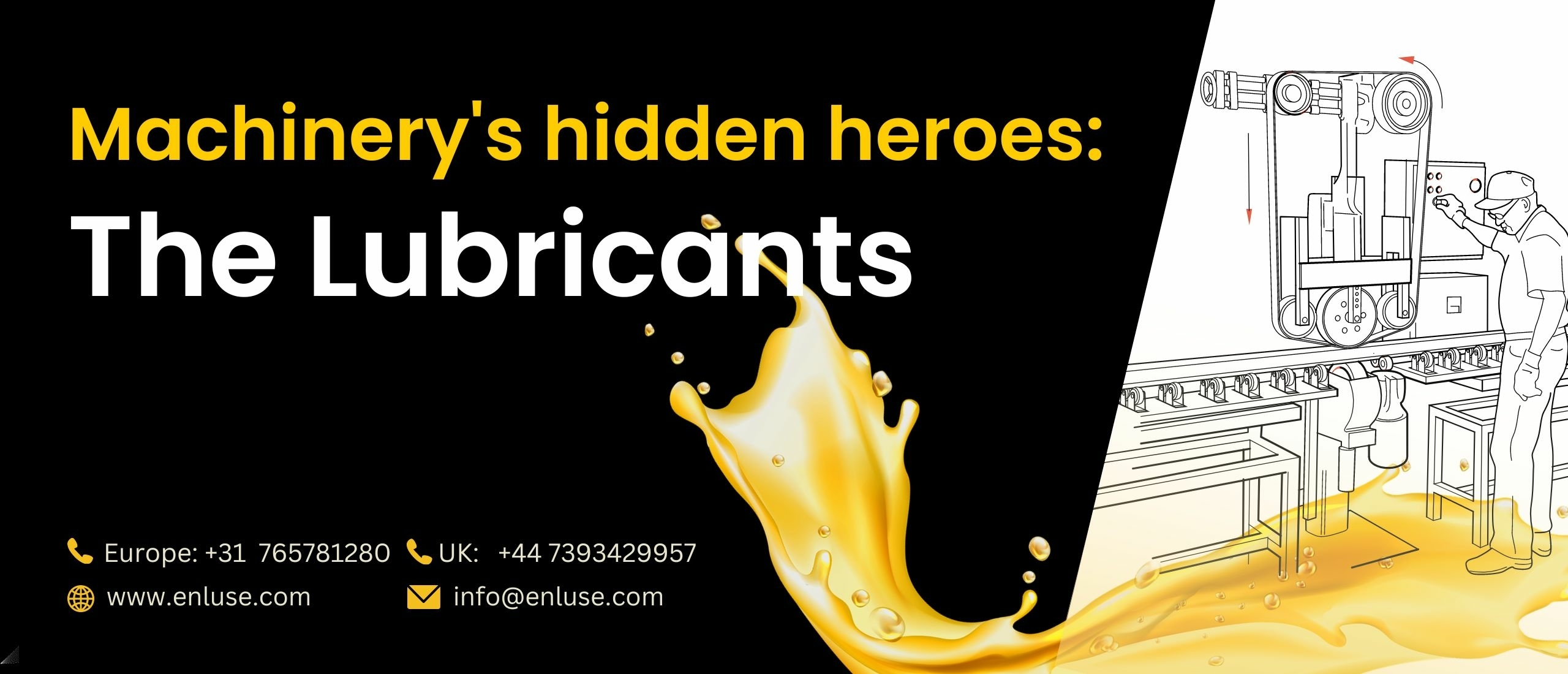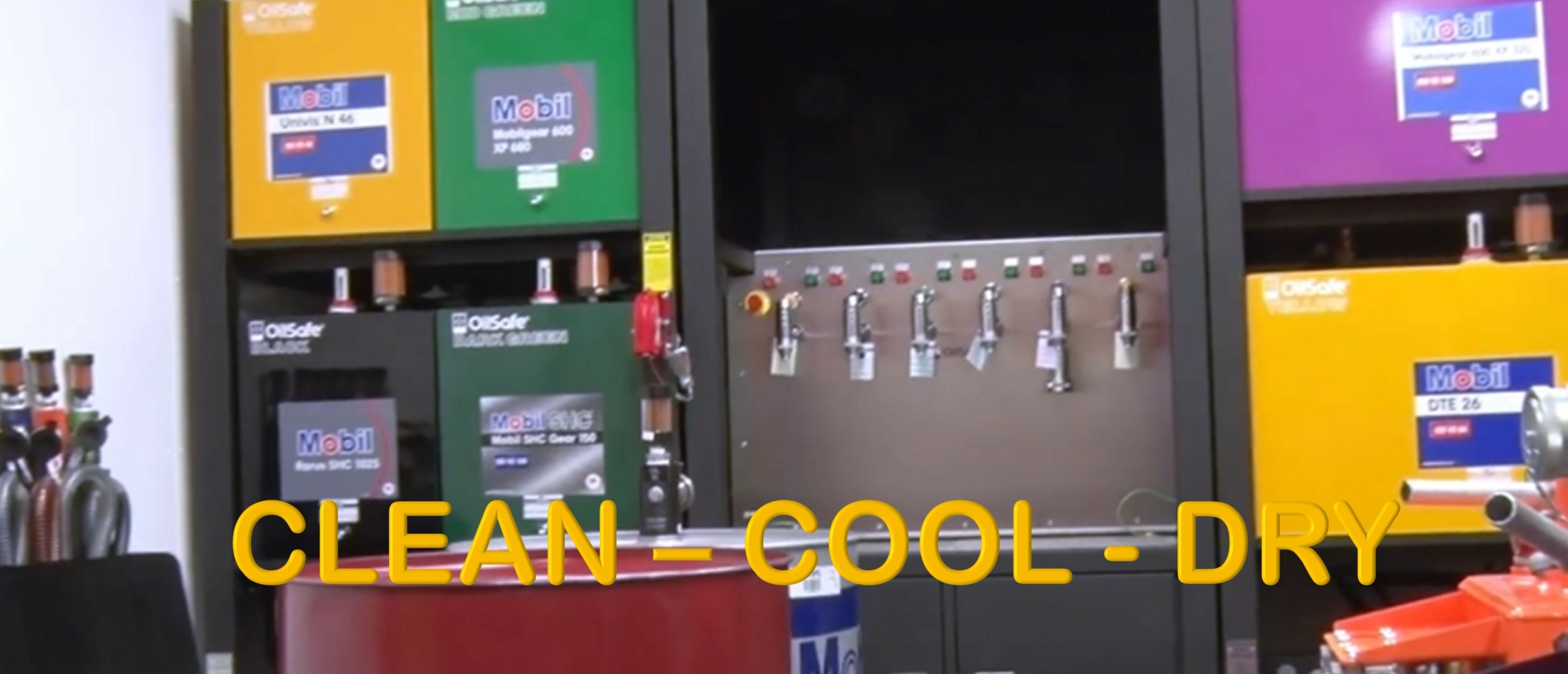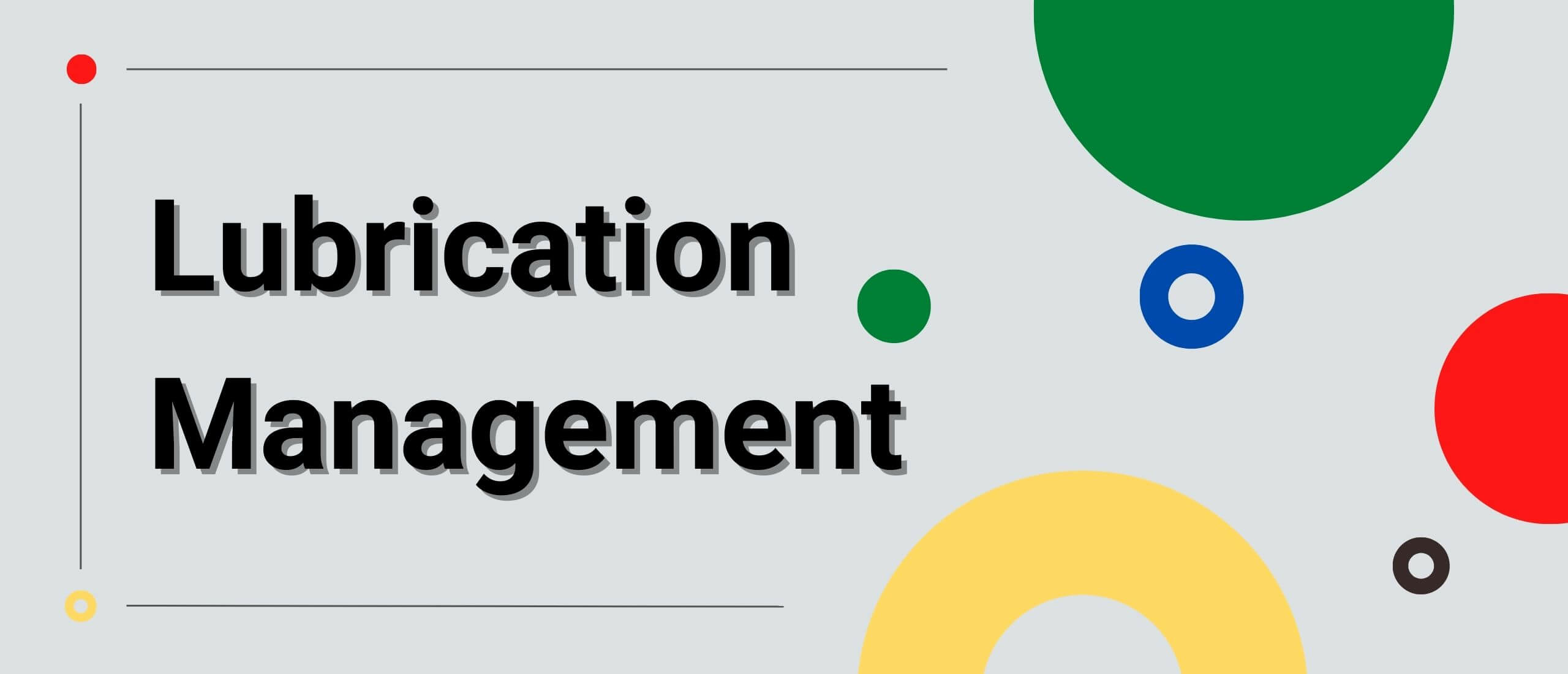
How can the useful life of lubricants be extended?
Without contamination control procedures, lubricant contamination doubles every time an oil is transferred to a new container or piece of equipment. OilSafe’s Visual Lubrication System includes products to Store, Transfer and Identify.
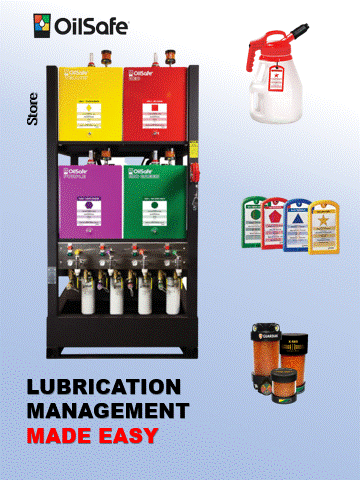
Lubrication Management Products and Desiccant Breathers play an important role in:
- extending the useful life of lubricants,
- reducing disposal costs,
- reducing equipment downtime,
- and increasing plant efficiency.
Lubrication Management Products
Lubrication management products, such as lubricant handling systems, oil analysis programs, and lubricant storage and transfer systems, can also help to improve the management and maintenance of lubricants. These products can help to ensure that the correct lubricant is used for each application, reduce the risk of contamination, and extend the life of lubricants. This can result in reduced equipment downtime, improved efficiency, and reduced disposal costs.
The rate of contamination can depend on various factors such as:
- the quality of the transfer process,
- the cleanliness of the new container or equipment,
- and the type of lubricant being used.
However without proper contamination control procedures, lubricant contamination can increase over time and reduce the efficiency and effectiveness of the lubricant.
Lubrication Work Centers and Advanced Bulk Systems
Lubrication Work Centers and Advanced Bulk Systems are designed to provide clean and identifiable lubricants at the point of application. These systems include features such as filtered storage containers, labeling and tracking systems, and transfer pumps or hoses that minimize contamination and ensure that the correct lubricant is delivered to the right location. The use of such systems helps to improve the reliability and efficiency of machinery by reducing the risk of lubricant contamination and ensuring that the correct lubricant is used for each application.
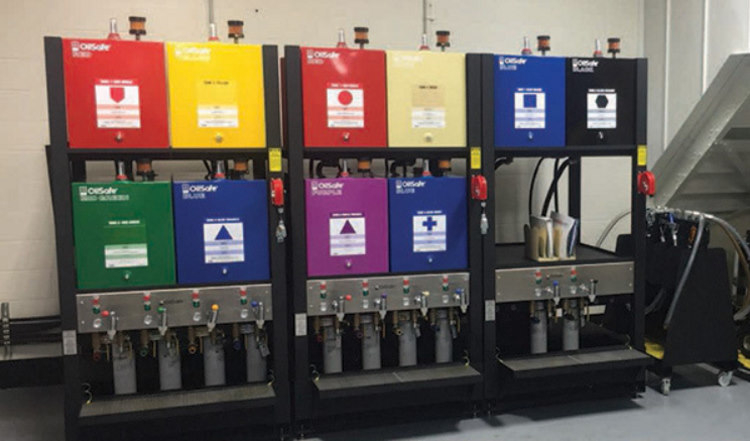 OilSafe Lubrication Work Center
OilSafe Lubrication Work Center
Lubricant Containers
Lubricant containers are containers used to store and transport lubricants such as oils, greases, and other fluid lubricants. Lubricant containers can range from small squeeze bottles to large drums and totes. They are designed to protect the lubricant from contamination and degradation and can be made of materials such as plastic, metal, or composite materials.
The type of container used depends on the type of lubricant, the size of the operation, and the storage and transfer requirements. Proper storage and handling of lubricants in clean, well-sealed containers can help:
- to extend the useful life of the lubricant,
- improve the reliability and efficiency of machinery,
- and reduce the risk of contamination.
Twist spouts are a type of closure used for lubricant containers and are designed to protect the lubricant inside from outside contamination. Twist spouts are typically fitted with seals that prevent air and other contaminants from entering the container and coming into contact with the lubricant. By keeping the lubricant clean and protected from outside contamination, twist spouts can help to maintain the quality and effectiveness of the lubricant, which can in turn improve the reliability and efficiency of machinery.
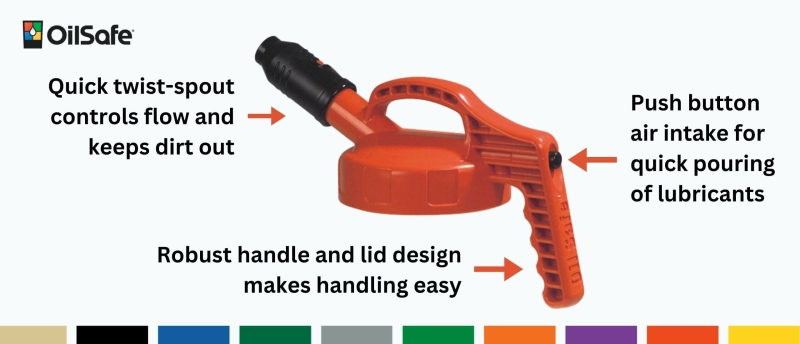
Colour-coded Labels
Colour-coded labels are commonly used in lubrication systems to identify:
- the manufacturer,
- lubricant type,
- frequency of use,
- and point of application.

This information is helpful in ensuring that the correct lubricant is used for each application and that the lubricant is changed at the appropriate frequency. Colour-coding helps to visually distinguish between different lubricants and provides a quick reference for technicians and operators. This can improve the efficiency of the lubrication process and reduce the risk of incorrect lubricant usage, which can cause damage to machinery or reduce its performance.
Desiccant Breathers
Desiccant breathers play an important role in proactive maintenance and reliability programs. By absorbing moisture and other contaminants from the air that enters lubricant storage containers, desiccant breathers help to maintain the quality and effectiveness of the lubricant and prevent contamination. This can improve the reliability and efficiency of machinery and reduce the risk of equipment failure.
As part of a proactive maintenance and reliability program, the use of desiccant breathers should be integrated into the overall maintenance strategy. This may involve:
- regular monitoring of the condition of the breathers,
- replacement of the breathers as needed,
- and training of maintenance personnel on the proper use and maintenance of desiccant breathers.
By including desiccant breathers in a comprehensive maintenance and reliability program, organizations can improve the performance and lifespan of their equipment, reduce downtime, and increase overall plant efficiency.
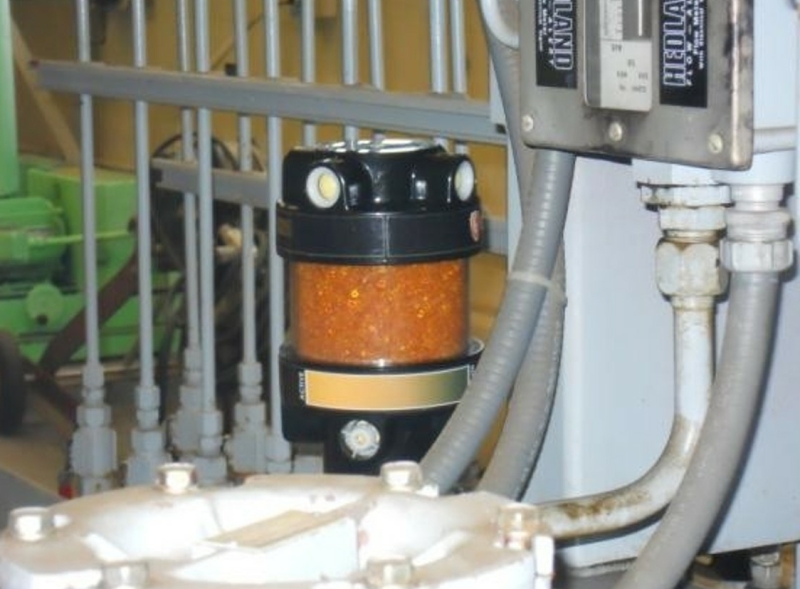 Guardian protects hydraulic power unit
Guardian protects hydraulic power unit
Oil Analysis Programs
Oil analysis programs are laboratory-based systems designed to analyze used lubricating oil samples to monitor the health of machinery and identify potential issues before they result in costly failures. The analysis involves testing the oil for various physical and chemical properties such as viscosity, acidity, metal content, water content, and other contaminants. This information is used to determine:
- the level of wear and tear on equipment,
- detect emerging issues such as contamination,
- and make informed decisions about maintenance activities and oil change intervals.

